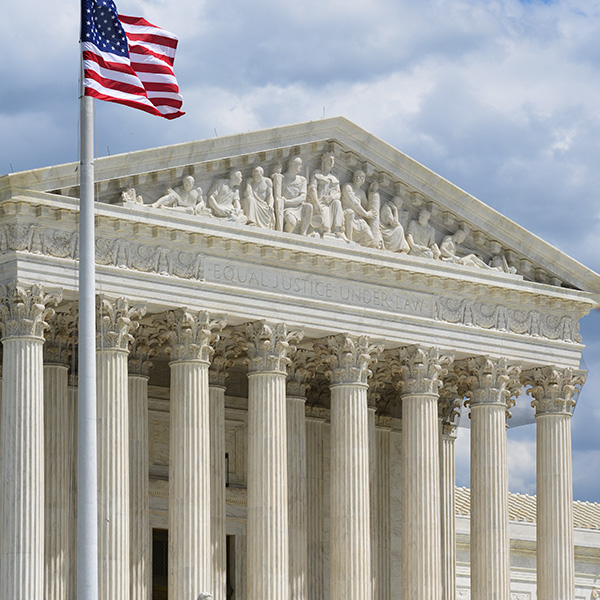Brown v. School District No. 20, Charleston, SC
JUDICIAL RULING
Nine years after the U.S. Supreme Court issued its landmark decision in Brown v. Board of Education, public schools in South Carolina remained segregated. Despite the Supreme Court’s requirement that integration proceed with “all deliberate speed,” public school officials throughout the South sought to thwart desegregation by any means possible.
So, the parents of Millicent F. Brown and 12 other students petitioned the U.S. District Court to require Charleston’s School District No. 20 to let them attend a school other than the one to which they had been assigned.
The school district sought to convince the court that the African-American families had voluntarily chosen racially-segregated schools since they had initially enrolled their children in assigned schools. Moreover, school district officials tried to claim that any court action would be premature since transfer requests that had been denied could still be appealed to the local School Board.
The U.S. District Court would have none of it. The justices noted that the school district had drawn two sets of attendance lines – “one for whites and one for Negroes” – rather than using the same lines for all students. Moreover, they said that consistently denying transfer applications “amounts to involuntary segregation” and that “the rules and regulations of the Board are inadequate, since they fail to establish a right of choice, to a child or his parents, at the time of enrollment.”
While the 1963 Brown decision is rightly seen as a reaffirmation of the landmark 1954 Brown case, it is still significant in its own right. For South Carolina’s 1963 Brown case made it clear that “massive resistance” was doomed to be a massive failure. And that the days of racial discrimination were (happily) numbered.

